
40 Facts and statistics about tourism & ocean sustainability
Read more
A trip to the ocean, whether on a cruise, island-hopping adventure or as part of an exotic beach getaway, leaves most of us feeling refreshed. Holidays like this tend to have a replenishing impact, helping us to take our minds off our daily worries as we sink into azure waters or relax on pristine sands.
With so much to look forward to on a trip to the ocean, it’s understandable that few of us really think about the impact we’re having on the world’s oceans while we’re on holiday. And although these concerns shouldn’t get in the way of a much-deserved break, it would be irresponsible to overlook them altogether.
71% of the Earth is made up of water. Of that number, 97% is found in our oceans. Those figures alone speak volumes to the importance of practising greener, ethical practices in coastal areas. With so much of our global ecosystem driven by the blue economy (which is defined as ‘the sustainable use of ocean resources to benefit economies, livelihoods and ocean ecosystem health’), it’s in the interest of everyone to think about how they conduct themselves on holiday.
So, what can be done to protect the world around us? In this informative guide, we’ll look at 40 eye-opening facts about how marine and coastal tourism is affecting the environment, as well as providing actionable advice on what you can do to be a more sustainable tourist.

The impact marine tourism is having on the world around us
Marine tourism offers millions the chance to get out and explore some of nature’s most beautiful and fascinating destinations. But just as with anything, too much of a good thing is not always ideal. Overtourism and the natural byproducts of trips to the coast and beaches can have a negative impact on local ecosystems.
The world’s oceans are easily susceptible to these contaminating elements. But what are some of the most common?
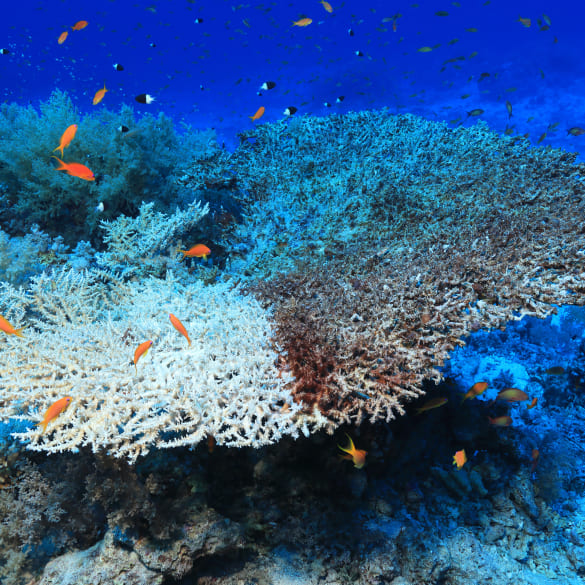
Marine pollution
Anything which ends up in the oceans that shouldn’t be there naturally can be classified as pollution. Plastic tends to be the chief offender, with there believed to be 51 trillion pieces of microscopic plastic currently in the Earth’s natural bodies of water. Tourists using items which can’t be recycled, or don’t biodegrade properly, are a large part of what causes this mass build-up.
The destruction of coral reefs
Reef ecosystems tend to be fragile. These areas of immense biodiversity spent thousands of years developing, relatively untouched by human interference. The millions of people now flocking to these areas every year are having a large impact on the health of the coral – which are actually living organisms. Diving, snorkelling, industrial development, and even suncream bleaching all plays a part in inadvertently damaging these iconic natural beauties when the proper precautions aren’t taken. It’s possible for all of these factors to coexist with reefs, so long as the right level of awareness is shown when interacting with them.
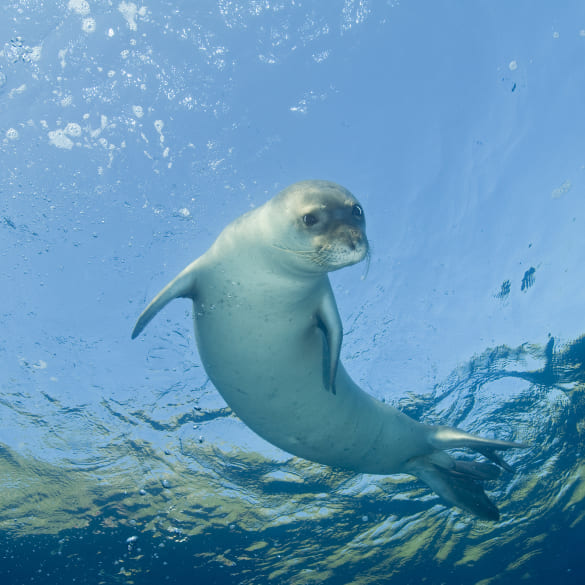
Coastal developments
Industrial action being carried out along the coastlines of the world has also had a knock-on effect for marine life. This destroys things like mangroves, seagrass beds, coral reefs, and nesting sites for sea turtles, while also accelerating the natural speed of erosion. You might not think this has anything to do with tourism, but many of these developments are beachfront rental apartments or hotels.
Wildlife also find themselves displaced in areas of mass coastal construction. It’s believed only 700 monk seals remain in the wild as a result of being forced into caves, and out of their natural environment, along the Cypriot coast.
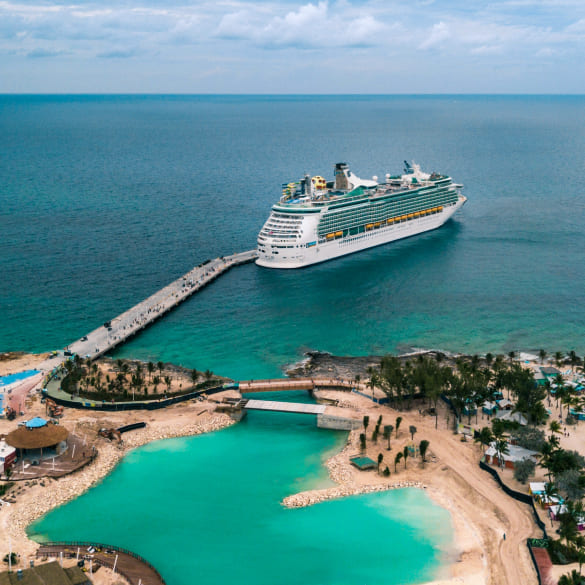
Cruise line paths
Cruises are a great way to get out and see myriad cities or even countries all at once. But they too can have a damaging impact on both the seafloor and the health of the oceans themselves. Seagrass meadows are often damaged by regular anchor drops, while oil spills, sewage dumps and collisions with marine animals also play a part in upsetting delicate ecosystems.
Unnatural noise pollutionUnnatural noise pollution
While it may not be something which instantly springs to mind, noise pollution is another factor marine tourists should take into account. Creatures like whales and dolphins communicate using complex sounds and echolocation. Boat traffic can contribute to the disruption of these solar waves, which in turn makes it more challenging for marine life to effectively converse with each other.
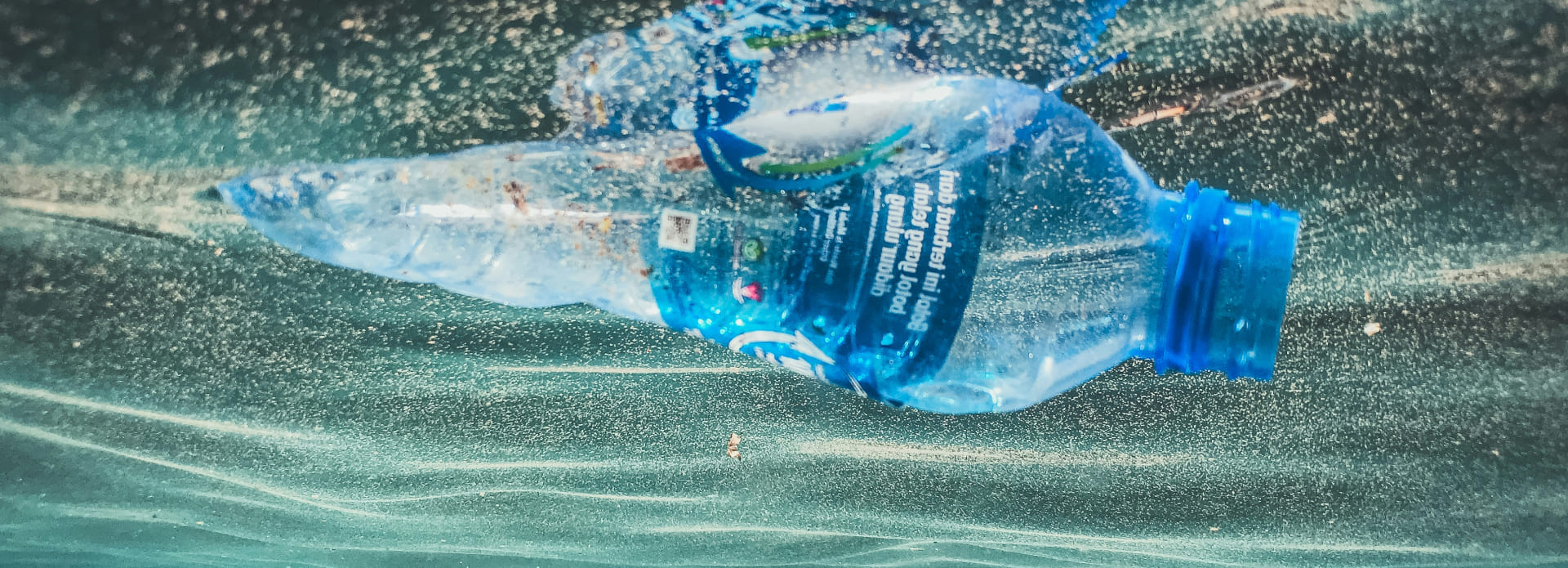
40 facts about marine and coastal tourism
Thinking about the world around us is half the battle when it comes to sustaining coasts and seasides. Here are 40 thought-provoking facts to keep in mind if you want to be an ethical traveller.
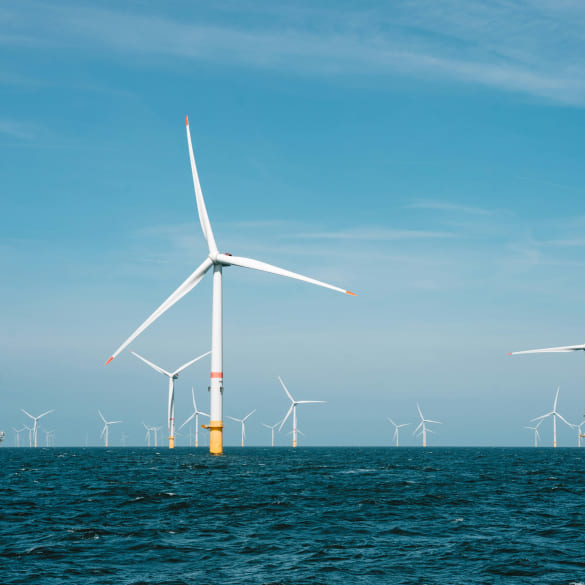
The EU blue economy is looking healthy
The ‘blue economy’ is the name given to the conservation and sustainable use of marine and freshwater environments, while using them in a way which helps to develop economic growth. It also serves to produce ethical resources like energy and food.
In a 2024 report, the EU’s blue economy was shown to be in a very strong position, with some of the standout figures showing:
3.6 million people are employed by industries in the blue economy (a rise of 17% from the 2020 figures)
The blue economy has a total turnover of €624bn (up 21% from 2020)
Offshore wind energy production has risen by 326% since 2015
This hugely positive step in the right direction is thanks in no short part to the impact that coastal tourism has across the EU as a whole.
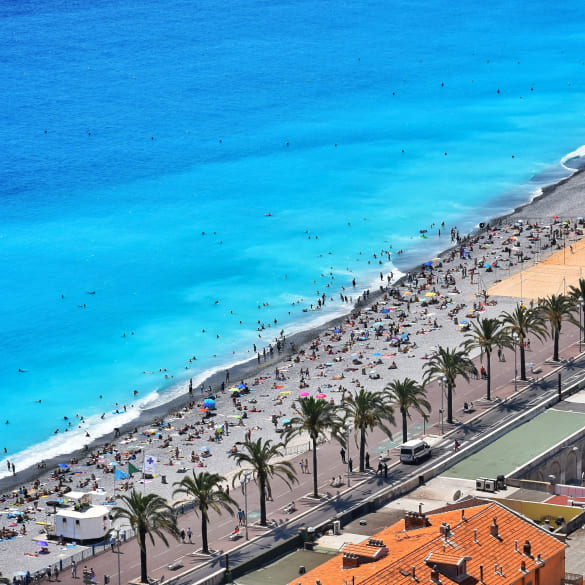
Coastal tourism is having a huge impact on the EU
Of the total gross value added (GVA), the coastal and marine tourism sector accounts for a whopping 29% of all money generated. With the blue economy’s nominal GVA standing at €171bn as of the last report, that means this sector brought in €49.59bn in a single year across all EU nations.
Coastal tourism is also the largest employer
As well as generating the most money, coastal tourism also served as the most effective provider of job opportunities for workers. 54% of all those employed by the blue economy ply their trade in this field – that despite also being the most heavily affected sector as a result of the COVID-19 pandemic.
When compared with the total employment figures, that figure of 54% translates to as many as 1.94 million jobs across the continent.
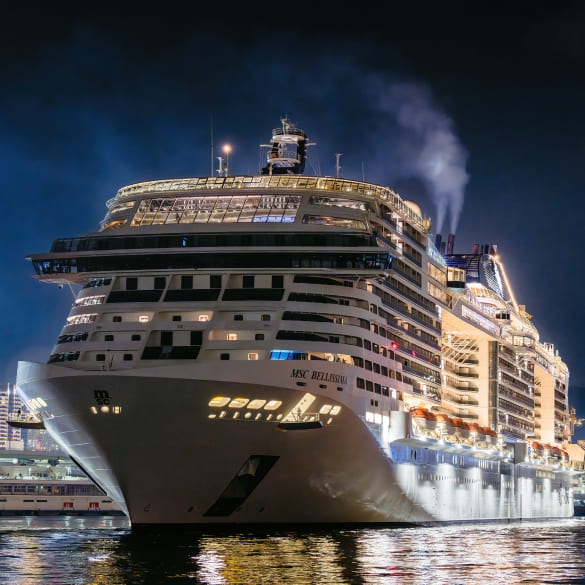
Blue tourism accounts for 50% of all global travel
Outside of just the EU, blue tourism as a whole represents 50% of all motives for travel. With so many people wanting to get out and explore areas of natural beauty, it’s perhaps no surprise that coastal and marine tourism will account for 26% of the total global blue economy by 2030.
Compound annual growth (CAGR) of 6.7% in marine tourism
All signs indicate that the popularity of marine tourism is only set to increase. A 2024 LinkedIn report shows that there’s expected to be a steady rise in value of 6.7% for the sector between now and 2030. North America and Europe are where the largest chunk of the market lies.
These two continents represent a total of 80% of all marine tourism. Within that, cruise tourism is said to account for 70% of their total revenue.
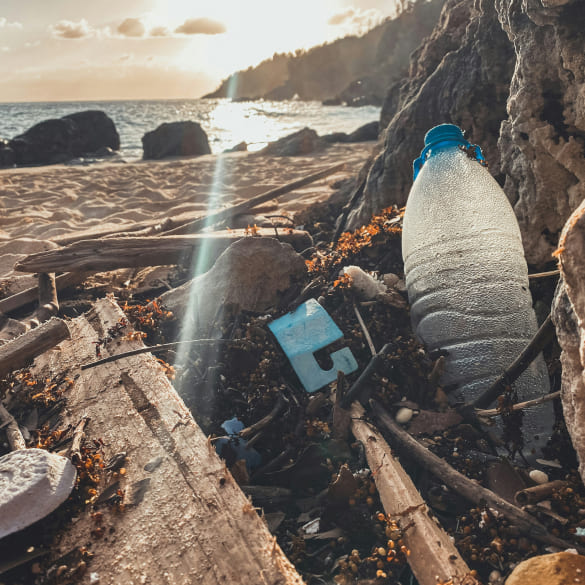
A market worth $113.45bn by 2030
In total, the market is expected to be valued at $113.45bn by the end of 2030. This is up from the 2023 figure of $71.67bn. This continued, steady increase highlights how tourists are growing increasingly eager to get out and enjoy life, despite being in a period of global economic turbulence.
The Mediterranean Sea loses hundreds of millions of Euros to plastic pollution each year
It probably comes as no shock to anyone that the It probably comes as no shock to anyone that the most blue tourists are choosing to It probably comes as no shock to anyone that the most blue tourists are choosing to visit the majestic Mediterranean – at least according to data from the Visited travel app.
But despite placing top of the leaderboard, it’s estimated that plastic pollution left behind in the most popular tourist spots on the Med accounts for a total annual loss of €268m.
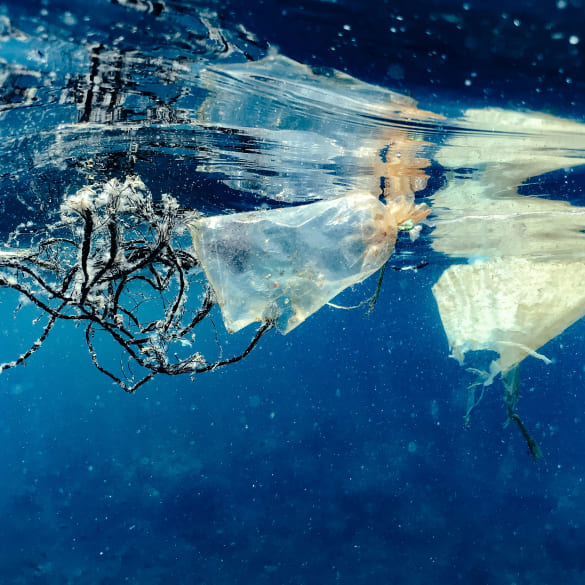
The Atlantic and Pacific Ocean are the second and third most popular
The Atlantic and Pacific Oceans are the next most popular spots global tourists are checking out. Again though, both of these areas are suffering from pollutants which have accumulated in their waters over time. The Atlantic is believed to absorb 0.11 million metric tons of plastic waste every year just from the US.
The Pacific meanwhile is home to the Great Pacific Garbage Patch – a huge mass of debris and rubbish which is believed to be 1.6 million square kilometres in size. That’s three times the size of France.
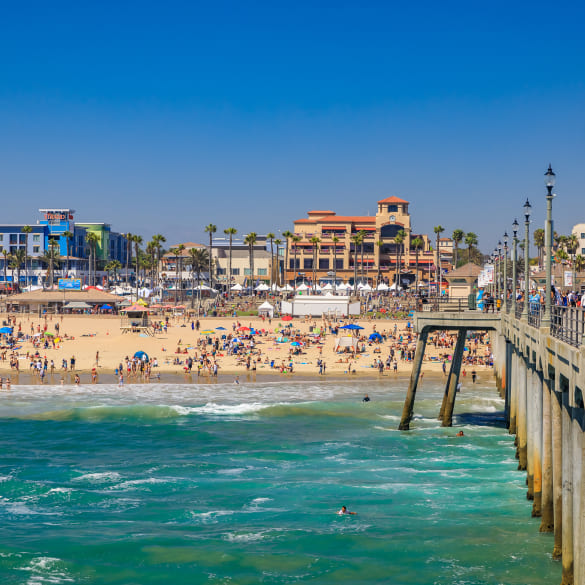
The Caribbean Sea leads the rest
After these three mass bodies of water, the Caribbean Sea is the next most popular for tourists. Tropical countries in this part of the world are hugely popular tourist destinations. In just five of these nations (Antigua & Barbuda, Dominica, St. Lucia, Grenada, and St. Vincent and the Grenadines) a collective 21,732 tons of plastic waste is dumped into the Caribbean Sea annually.
California leads the way for the US marine and coastal tourism
The US alone accounts for $143bn of the money generated by ocean-based and marine tourism every year, thanks to its extensive coastline. As many as 2.5 million people are employed by the sector, with those workers earning a total of $65.6bn. When it comes to the most popular spot for tourists, it’s California which leads the way for the States. The Golden State generates $26bn every year in marine tourism, employing 441,000 workers.
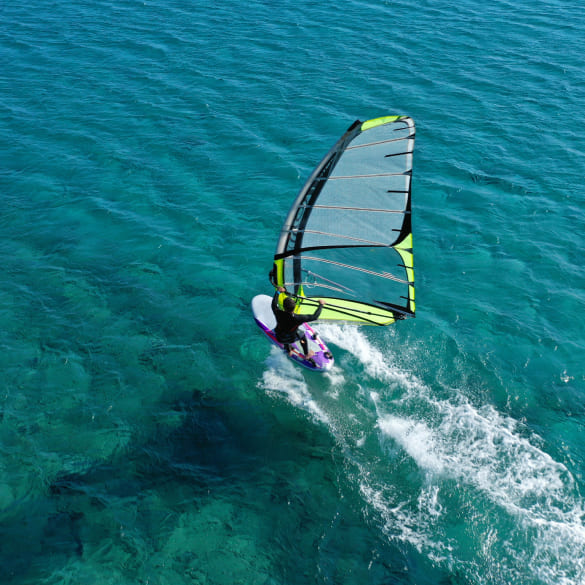
Florida, New York, Hawaii and Illinois are the other notable names
Close runners-up are the states of Florida, New York, Hawaii and Illinois. In fact, it’s in New York where the most revenue from the sector is generated – with a turnover of $29bn taken here annually. Florida employs the second most workers behind California, with a total of 427,000 people earning a living through coastal and ocean-based tourism.
There are major economic benefits to coastal tourism
These states, along with hundreds of other towns, cities, provinces and countries across the world, all get a major economic boost as a result of coastal tourism. Tourism helps to contribute to government reserves, provide direct financial contributions to the protection of nature, and generates employment opportunities across the board. It’s estimated that 7% of all jobs across the world exist as a result of coastal tourism.
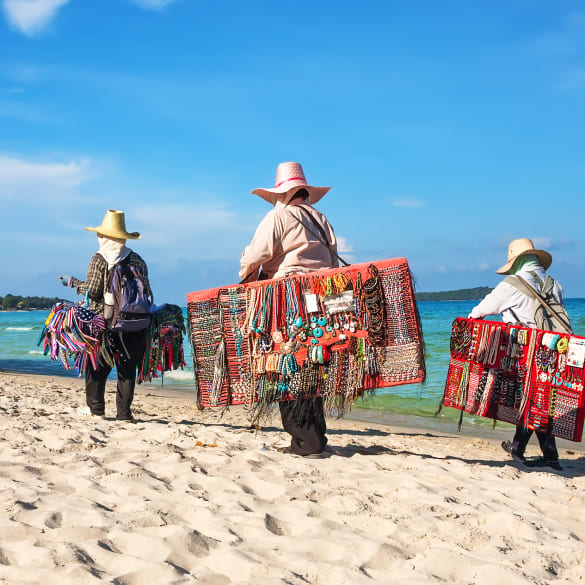
Coastal tourism is the main source of foreign exchange earnings
The export and import of local goods, as well as the money spent by tourists in a foreign country, all contributes to a nation’s foreign exchange earnings. Coastal tourism is the main driving force of this on a global scale, with it reported to be the most important factor for 38% of countries.
Environmental and social benefits in coastal tourism are also a reality
While not something which immediately springs to mind, coastal tourism can also have a positive knock-on effect across a number of environmental and social factors. This extends to things like:
- The revitalization of local customs and cultures
- Encouraging social involvement and pride for communities
- Providing employment opportunities for locals
- Helping to financially bolster communities
- Creating a more peaceful environment, with a lowered crime rate and more thought put into sustainable practices
- Promoting sustainability efforts, as well as financially supporting these
Visitors to coastal areas can help to give back to the communities they’re exploring, providing financial opportunities for locals, while serving as a positive force for change.
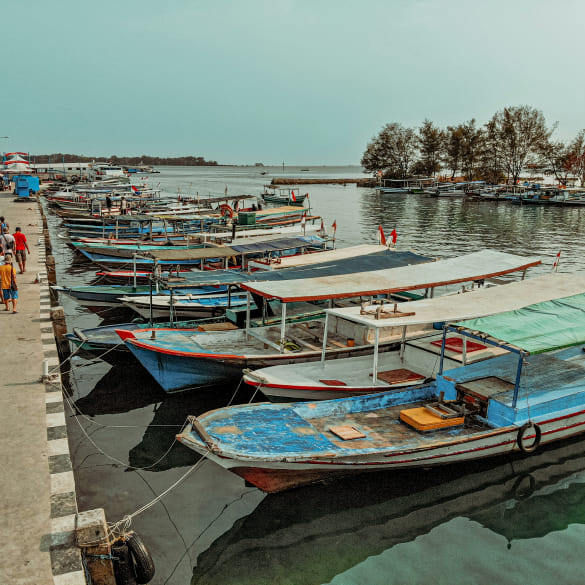
Marine tourism accounts for 50% of the industry
The sheer scale of how important the marine tourism industry is, is perhaps best understood by its impact within the tourism sector as a whole. This form of travel represents 50% of all revenue for the industry, playing a pivotal role in the continued development of smaller island states and countries.
Less than 25% of tourism-sector countries acknowledge their impact
But for all the good which coastal tourism does, it’s unquestionable that it has an impact on marine and coastal biodiversity. A recent study found less than a quarter of companies operating in the tourism sector acknowledged that what they were doing had any kind of negative knockback on local wildlife and ecosystems.
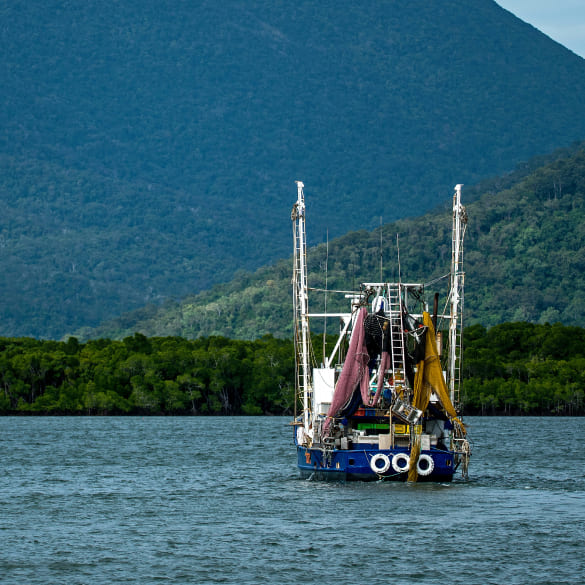
Marine tourism is a medium risk
The same report demonstrated that the tourism sector represented a ‘medium’ risk to the ocean. Its impact was felt most when it came to marine biological integrity and diversity, and marine water contamination and chemical conditions integrity. Tourism was only considered a low risk when it came to the effect it was having on pH levels in seawater and on the ocean floor.
Fishing and aquaculture is having the biggest impact on the ocean
The most harm to the seas was found to be the fishing and aquaculture sector – although in this instance, up to 40% of companies operating in this sphere did at least understand and acknowledge the impact they were having.

Clustering of visitors is what’s damaging major spots of interest
One area where coastal tourism is having a larger impact is the mass clustering of visitors in specific spots of interest. The Great Barrier Reef is the perfect example of where this hyper-centralised form of tourism is having a larger impact. Reports show that of the 1.8 million people who visit this world famous location every year, 85% cluster on either the Whitsunday Islands or Cairns.
That represents 1.53 million people shuffling into areas which in total have a shared population of around 130,000.
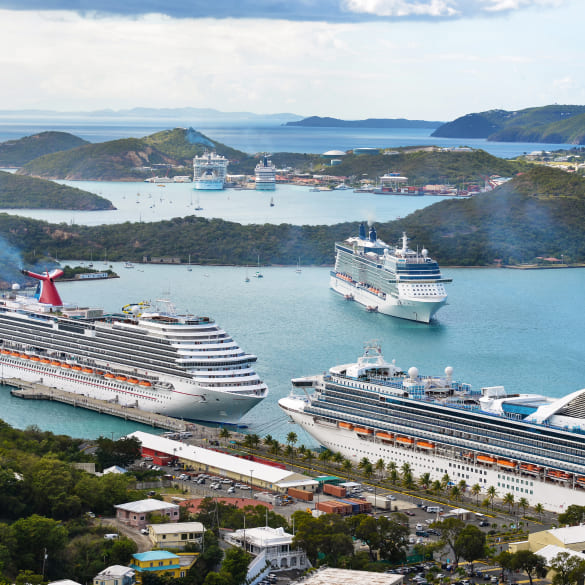
The number of cruise ships is also having an impact
Away from the shores themselves, cruise ships are also playing their part. Sewage discharge, physical contact with reefs and areas of biodiversity, and ship emissions can all cause areas of natural beauty to decay. This is a sector which has seen unprecedented growth across the last 40 years. Between 1980 and 2018, the number of cruise vessels operating worldwide shot up from 79 to 369.
Thankfully, some changes are being implemented in the building stage of modern ships.
Of the further 100 planned projects between now and 2027, 20% will be powered by liquified natural gases. This number is only set to increase as time goes on.
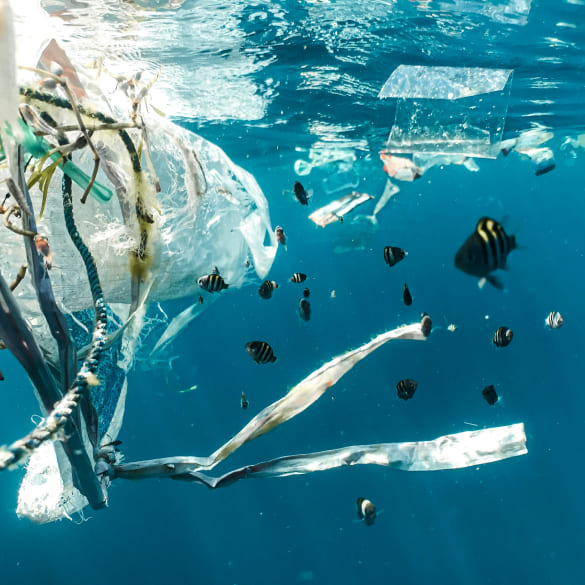
Clustering of visitors is what’s damaging major spots of interest
Marine protected areas exist to promote a safer and more sustainable form of tourism. This sector is growing at a rapid pace, with it expected to be generating as much as $665bn by the end of 2030. This isn’t just encouraging news from a financial perspective. It also speaks volumes about the shifting attitudes towards travel by the average tourist. More value than ever is being placed in ensuring a trip is ethical and protects the world around us.
Eight million tonnes of plastic in the ocean
One of the most immediate issues caused as a result of tourism in coastal areas is plastic waste production. It’s estimated as much as eight million tonnes of the stuff finds its way into the world’s oceans every year.
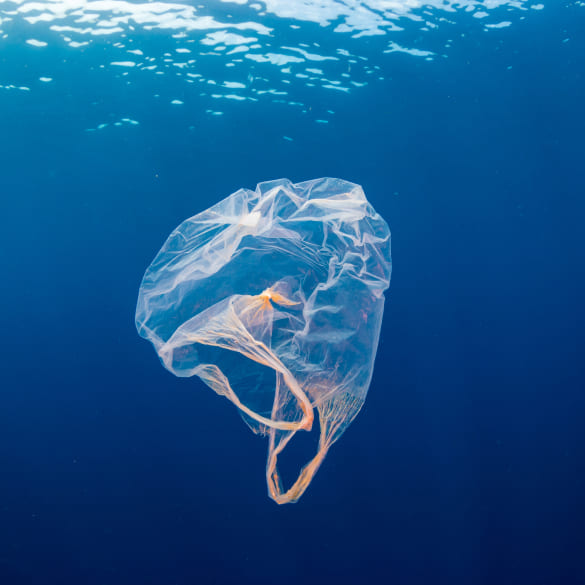
We may see more plastic than fish by 2050
If that number persists at the same rate it has been, we’ll find ourselves in a position where there is more plastic in the seas than fish by the end of 2050. What’s most worrying is how few of these plastics are ethically made or biodegradable. 99% of all of them are made using non-renewable sources like oil, coal or gas.
The influx during tourist season is a large part of what causes this
Just as overtourism causes damage to popular spots through footfall, so too does it have an impact on these plastic rates. The Med alone sees a boost of 40% in marine litter during peak tourist seasons. This waste doesn’t entirely come from people dumping rubbish right into the sea. In some cases, in-land tourism can cause rivers, streams and other bodies of water to become contaminated. As they say, all roads lead to Rome – in this case meaning that this waste eventually ends up travelling down to the world’s oceans.

Single-use plastic bags are the worst culprits
If you’ve noticed the campaign against single-use plastic bags in supermarkets, it’s for good reason. These items are the chief offender when it comes to the plastics dirtying up the world’s water systems.
As much as 14.1% of all waste found in the oceans is said to be made up of plastic bags which have been thrown away and can’t naturally break down.
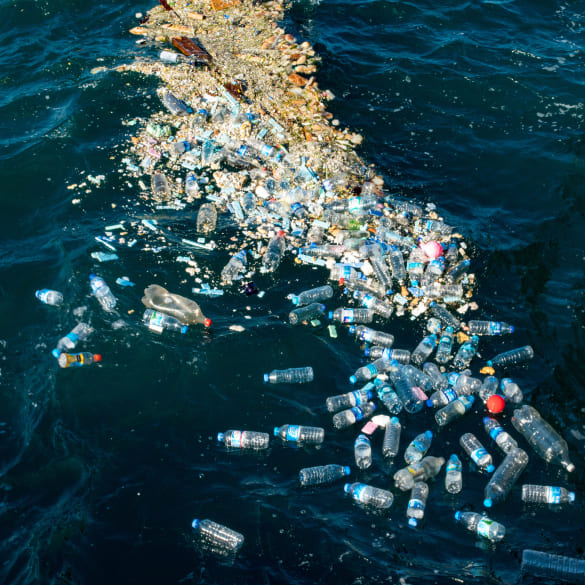
Bottles, food containers and wrappers also play their part
Behind single-use bags, a number of other common items were also found to be having a large impact. Plastic bottles were the next most prevalent item, with the total figures showing:
- 11.9% Platic bottles
- 9.4% Food containers and cutlery
- 9.1% Wrappers
- 7.9% Synthetic rope
- 7.6% Fishing gear
- 6.1% Plastic caps and lids
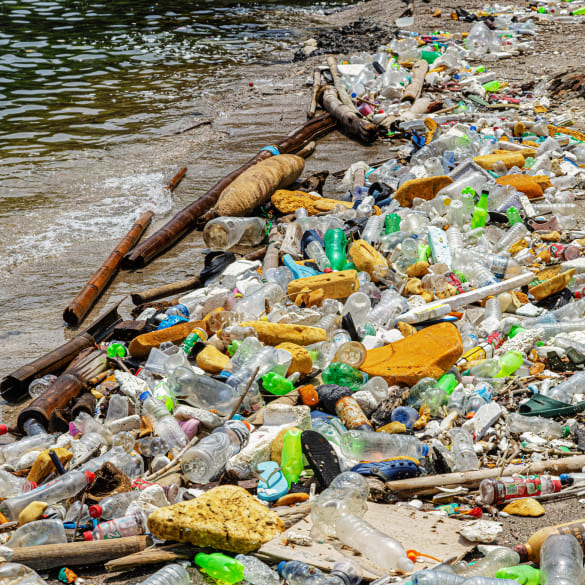
The Philippines is the chief culprit when it comes to plastic in the ocean
Nine of the world’s highest plastic polluting countries can currently be found in Asia. Of these, it’s in the Philippines where the most polluting elements are reaching global waters.
A massive total of 356,371 metric tons of plastic waste has been pumped into the ocean from the Pearl of the Orient.
India has the second most pollution in the oceans
The figure from the Philippines is nearly three times as much as the next main offender. India currently accounts for 126,513 metric tons of plastic in the ocean. The remainder of the top ten looks as follows:
- 126,513 India
- 73,098 Malaysia
- 70,707 China
- 56,333 Indonesia
- 40,000 Mayanmar
- 37,799 Brazil
- 28,221 Vietnam
- 24,640 Bangladesh
- 22,806 Thailand
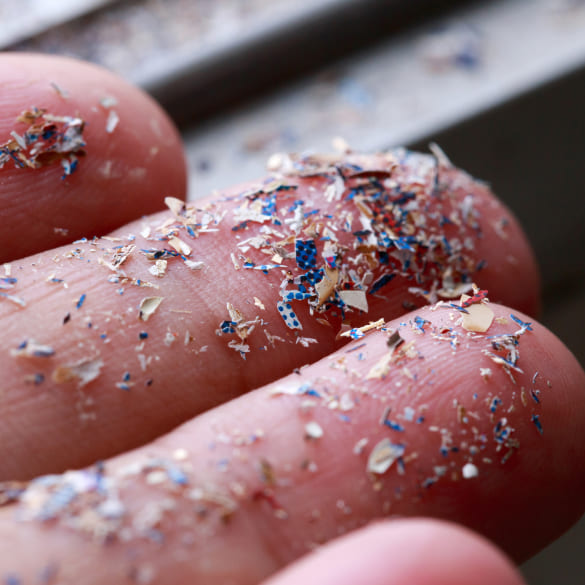
All this plastic has changed the ocean’s pH level drastically
This mass influx of unnatural substances has seen the pH level of the world’s oceans change significantly over time. The current level reads at 8.1 on the pH scale. And while this is ultimately still a fairly neutral reading, it represents an increase of 30% in acidity when compared to the pre-industrial age.
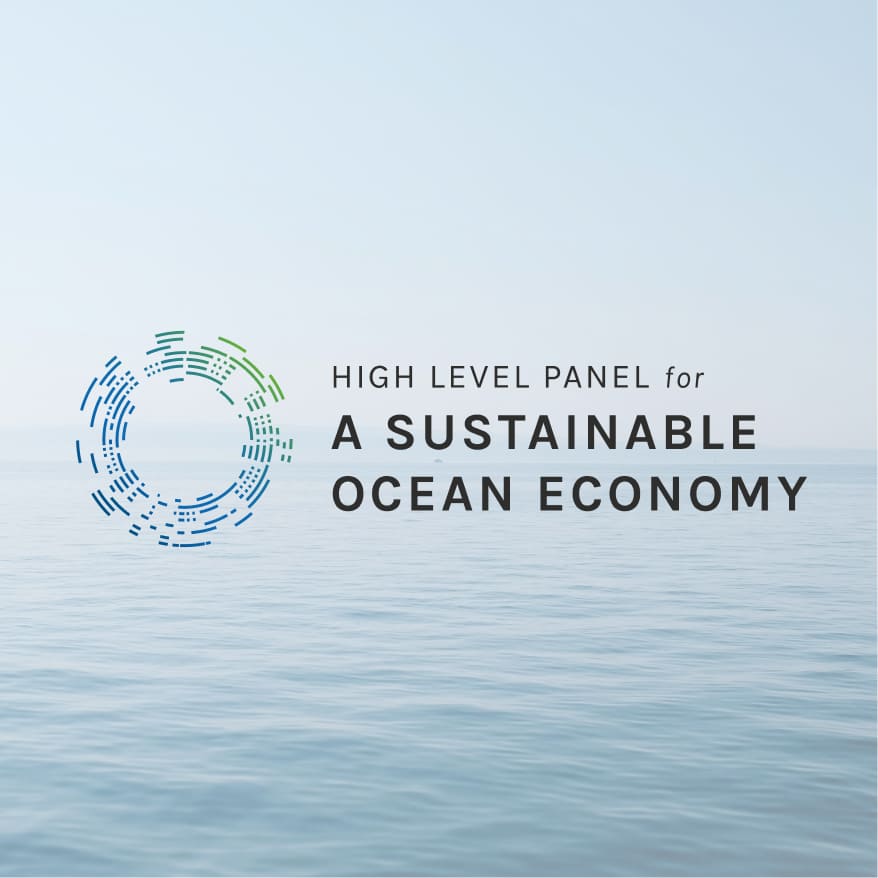
The Ocean Panel exists to protect the seas from pollution
As we understand more about what needs to be done to protect the oceans around us, world leaders have begun to shoulder the mantle of responsibility. The Ocean Panel is an 18-strong team of political figureheads, whose goal is to sustainably manage the oceans under their national jurisdiction. That means reducing pollutant elements, and ensuring that the proper procedures are being followed to manage footfall to coastal and marine areas.
Leaders from the following countries have all become members of the panel since 2018:
- Australia
- Canada
- Chile
- Fiji
- France
- Ghana
- Indonesia
- Jamaica
- Japan
- Kenya
- Mexico
- Namibia
- Norway
- Palau
- Portugal
- Seychelles
- The UK
- The United States
The 18 members of the Ocean Panel have six clear goals in mind
Achieving ocean sustainability is a wide goal. In order for the panel to measure their success, they use a series of smaller targets to help stay on top of this wider ambition. The six core metrics which they use are:
- 1.
Ensuring 30% of all marine protected areas are restored and kept safe - 2.
40x more renewable energy in usage by 2050 - 3.
6x more sustainable seafood being sourced by 2050 - 4.
$15.5 trillion in benefits from sustainable oceans by 2050 - 5.
12 million new jobs created in the sector by 2030 - 6.
A reduction of greenhouse gases by 20%
This cyclical set of goals helps to keep the panel in a constant state of progression, with each of the goals falling into one of three categories:
- 1.
Protecting effectively - 2.
Producing sustainably - 3.
Prospering equitably
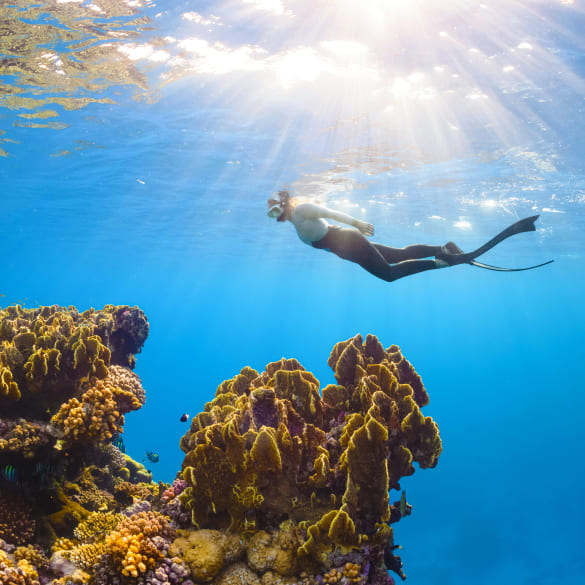
As many as 350 million people travel to coastal reefs every year
As part of the ongoing efforts of the Ocean Panel, more is being done to raise awareness about overtourism in areas of particular interest. On a global scale, as many as 350 million people travel to coastal reefs on an annual basis. And while there’s positives to this (as many as 70 different countries and territories earn more than $1m a year from these tourists visiting), considerations need to be made regarding their preservation.
| COUNTRY | Percentage of tourists who consider visiting or staying in off-the-beaten-path areas as a form of sustainable travel |
|---|---|
| France | 21 % |
| Italy | 18 % |
| The USA | 16 % |
| Spain | 15 % |
| The UK | 14 % |
| Germany | 13 % |
Most travellers don’t consider overtourism when trying to be sustainable on holiday
These considerations need to start by being made at source – that is to say, by the tourists themselves. One way to take a more sustainable approach to travel is to travel to off-the-beaten-path areas instead of those which receive the most footfall every year. A recent study of tourists wanting to be more sustainable on holiday found that only a small handful considered this option when attempting to take a more ethical approach.
The full results showed the following perceptions by tourists for each of the countries surveyed:
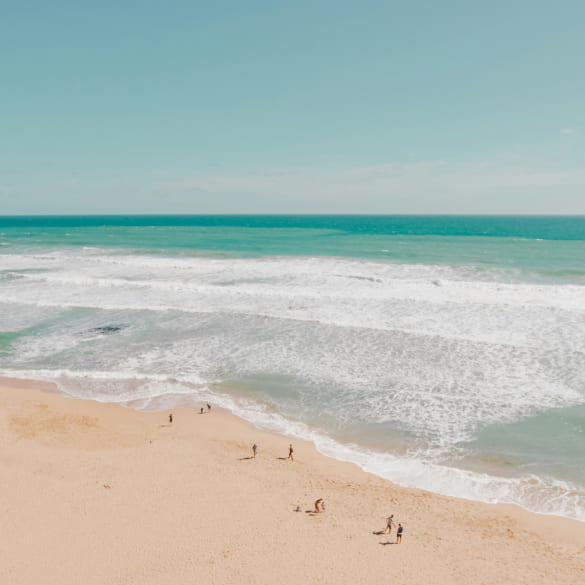
Visiting alternative spots can make a huge difference
The key takeaway here is that more can be done to educate travellers about how even something as simple as visiting less busy areas can help protect coastal and marine destinations. By placing less pressure on these highly-visited areas, it not only helps to reduce the impact overtourism is having, but also spreads the positive effect that tourism can have to a wider collection of locations.
Avoiding unethical tourist traps can help save the planet and oceans
One of the greatest risk factors associated with these highly popular areas are tourist traps. These are commonplace in locations where millions flock on a yearly basis, and rarely place much weight in ensuring ethical or sustainable practices are being adhered to. Perhaps more shocking are the traps which are now sprouting up in previously untouched areas.
A staggering 100,000 people travelled to Antartica between October 2023 to March 2024. This represented a 40% rise on any previous seasonal record. While nobody can deny the natural wonder of this frozen continent, it’s also hard to argue that this pioneering form of coastal travel is ethical given ongoing concerns over global warming.
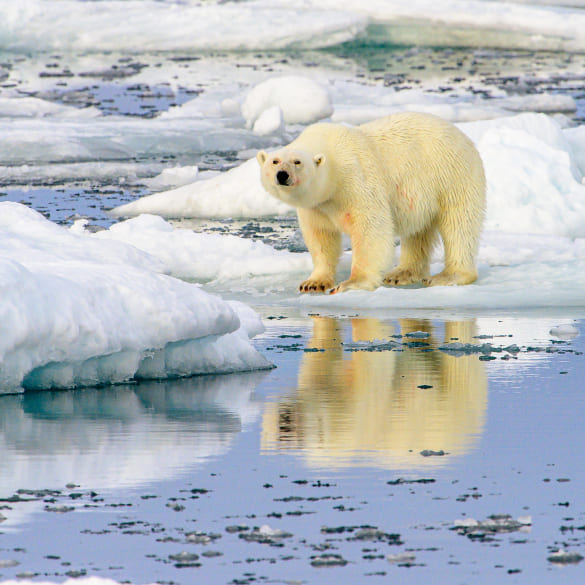
Each tourist melts 83 tons of snow
These sustainability concerns are perhaps best exemplified by a study which broke down how much impact we’re having on the polar ice caps. The figures showed that, on average, a single tourist is responsible for the melting of 83 tons of snow every year. This was largely as a result of their natural CO2 emissions, as well as a percentage breakdown of any emissions from cruise ships.
Efforts are being put in place to limit the impact tourism is having here
While nothing concrete has yet been put into place to guarantee that numbers are being kept steady, a measure was passed in 2009 which limits the total number of people arriving on one ship to 500 people as a maximum. Despite being introduced more than a decade ago, this regulation is still yet to be officially implemented.
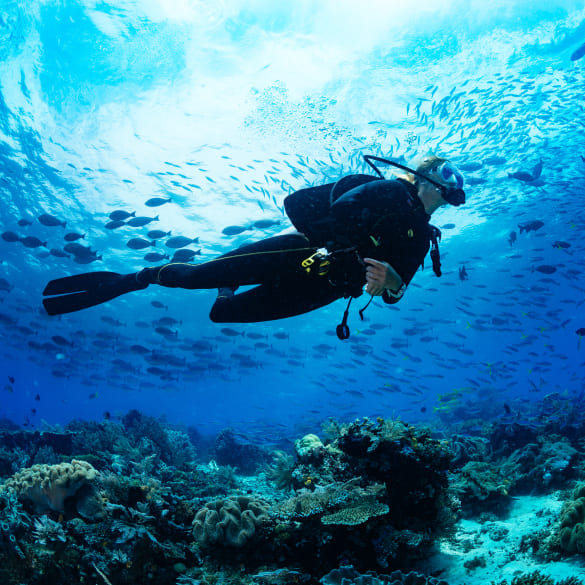
The demand is there from tourists for sustainable diving practices
A survey of 1,301 tourists found that attitudes towards sustainable diving are becoming more of a factor when booking this kind of adventure holiday. 75% said they were willing to pay more when diving to ensure ethical practices were being followed, while a further 95% think it’s a dive operator’s responsibility to protect reefs. These factors are seeing more tourists turn to sustainable, responsible diving companies when engaging with this kind of activity.
Sustainable tourism is on the rise across the board
If anything showcases the heightened consideration tourists are making, it’s the continued growth of the sustainable tourism market. This is said to be valued at a very impressive $2.61bn in 2024. There’s expected to be a CAGR of 18.8% between now and 2031 with that figure set to rise to $8.73bn by the end of 2031.
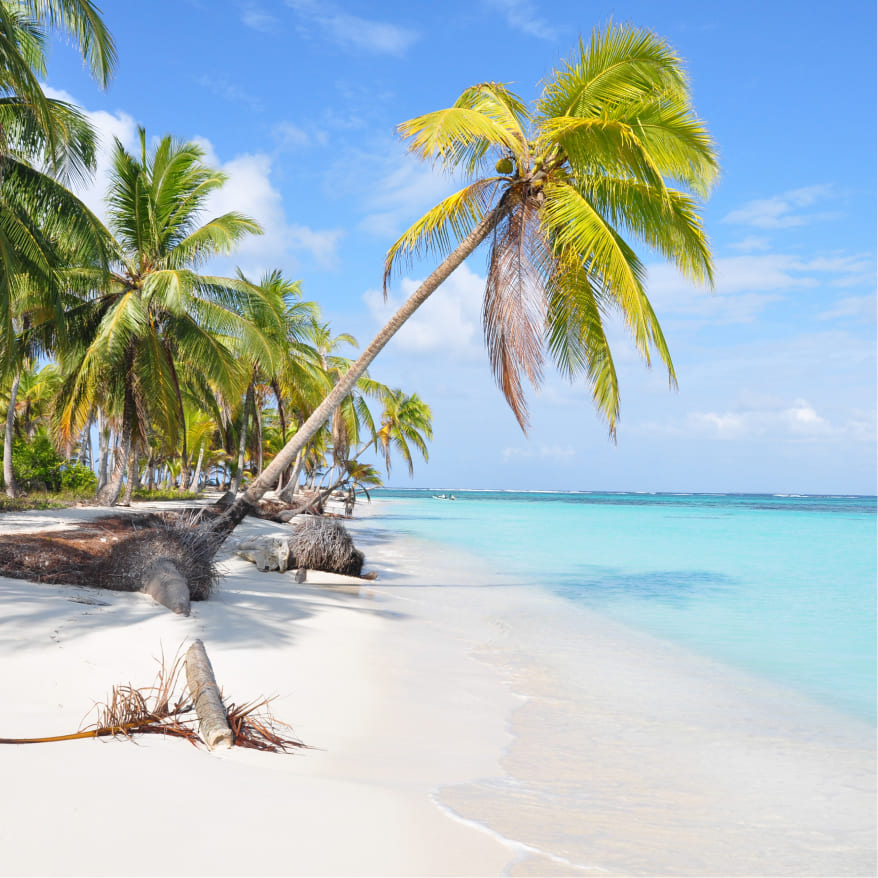
Panama’s Sustainable Tourism Master Plan is at the forefront of the increase in ethical travel
Countries across the globe are doing what they can to protect the world around them. One of the most pioneering examples is that of Panama. Their Sustainable Tourism Development Master Plan wants to see their total number of visitors continue to grow, but in a way that prioritises both people and nature.
They’ve pumped $301m into the plan, which has so far seen them increase the basic rights of wild turtles, as well as creating an interactive digital portal which allows tourists to explore areas of rainforest virtually. The idea here is to showcase local indigenous cultures, without disturbing their natural habitats.
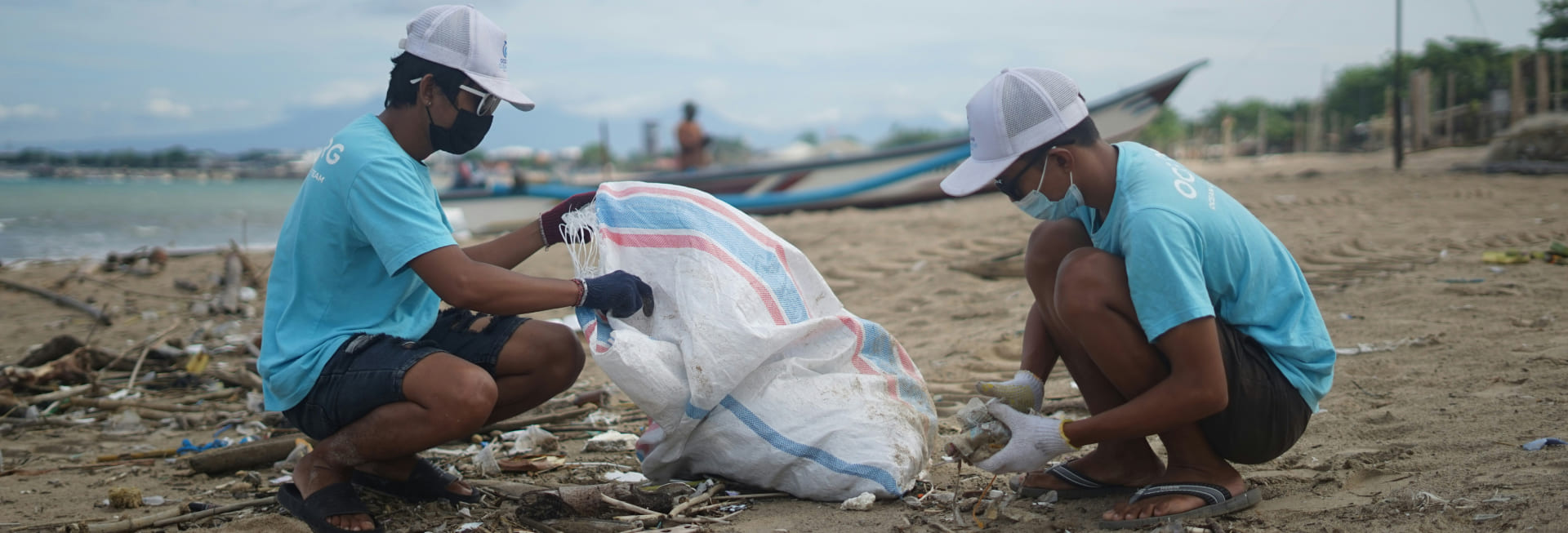
Understanding ethical marine and
coastal tourism and the part you can play
With a clearer picture of the current landscape of ocean tourism and the role that sustainability plays in this, you may be wondering what impact you can have. Let’s explore what tangible differences you can make to protect coastal areas.
How to be sustainable at the beach
A trip to the seaside gives everyone a chance to relax and unwind. While it might not be a top priority when having fun, it’s still important to make sure we’re doing what we can to preserve the beaches and coastlines we’re enjoying. Think about all of the following if you want to be a sustainable traveller:

Avoid single-use plastic
As the main offender and polluting element in the world’s oceans, it’s advised to avoid single-use plastics at all costs. Sometimes it’s unavoidable to need to use a disposable item. If you do, think about instead trying something like bamboo or a plant-based resin. It’s best with items like cutlery and bottles to make sure they’re reusable.
Try not to disturb local ecosystems
The coasts are home to thousands of species of marine animals. You’re just visiting. As such, try to leave ecosystems as untouched as possible. Disrupting or disturbing the delicate balance of these areas can have large knock-on effects for the wildlife that live there.
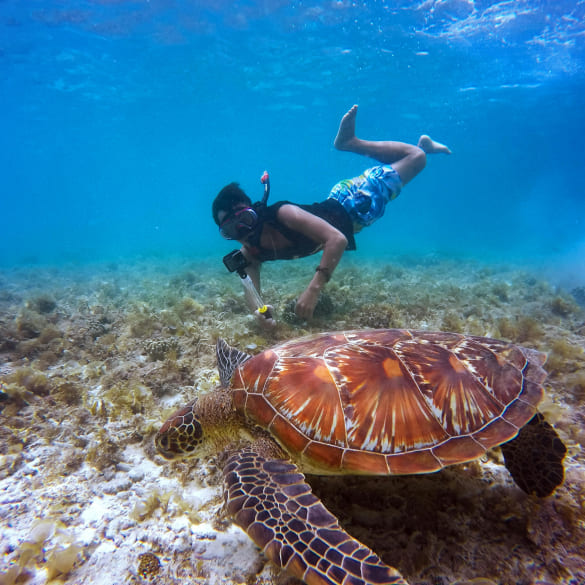
Use reef friendly suncream
When you swim in the sea wearing suncream, the chemicals in them enter and pollute the water. Sometimes even just sitting on the beach can cause this to happen, with sand particles becoming contaminated before being blown into the ocean. An alternative here is to use creams that have physical blockers, such as zinc oxide and titanium dioxide, rather than chemical products.
Keep an eye on the food you bring
While wildlife might enjoy the taste of food they sneakily pinch, in most cases it will be difficult for them to digest it. A lot of our food is processed in a way that’s hard for marine animals to properly break down in their stomachs. As such, it’s important to be vigilant of your lunch or snacks.
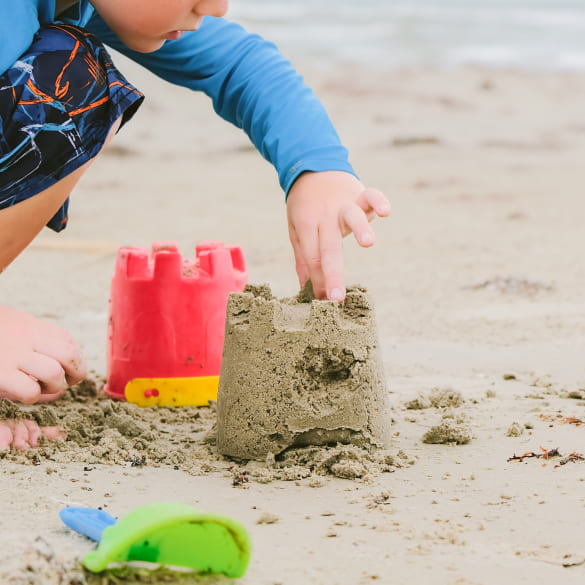
Clean up after yourself
This is good advice wherever you go on your travels. As both a mark of respect and a means of keeping the local environment clean and healthy, always pick up your rubbish. Picking up your waste material is one of the easiest, but also most effective, ways to have a positive impact on beaches and coasts.
Level out your sandcastles and fill in holes.
While a fun pastime that you shouldn’t forgo altogether, it’s important to remember to fill in holes you’ve dug and knock over your sandcastles when you’re ready to leave. They may be innocent enough in theory, but these structures and holes have the potential to trap nesting turtles and other coastal wildlife.
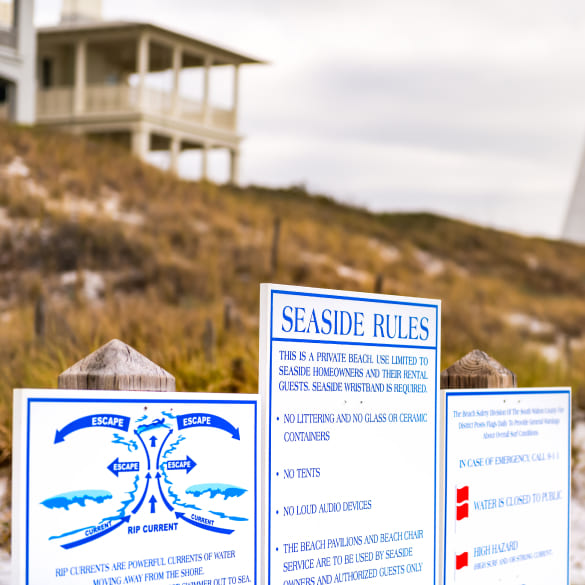
Follow beach rules. Rules exist for a reason
On your next beach getaway, look out for any rules posted on signs which you may be asked to follow. It's best to do so, as these advisory measures will have been created with protecting the wildlife and integrity of the local ecosystems in mind.
Sustainable ways to protect the ocean year-round
Environmentally-friendly habits don’t start when you arrive at the beach. You can do your part to help protect the world’s oceans and seas all throughout the year. There are a number of ways to do this, with some of the most effective being to:
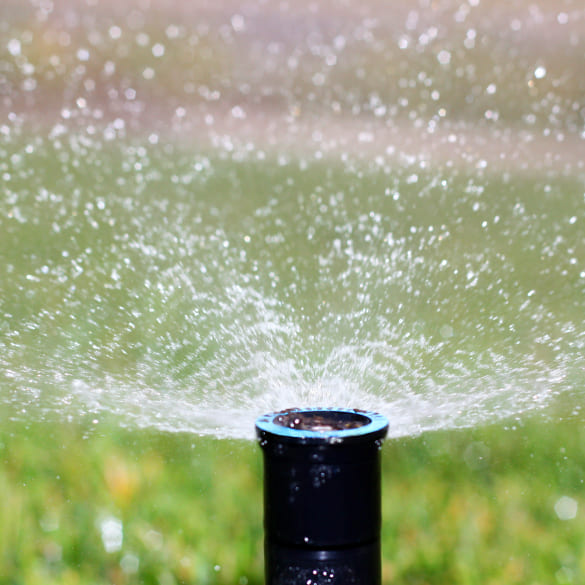
Conserve water when you use it
Protecting the oceans begins at home. By conserving water when showering, doing the dishes or even just washing your hands, you’ll reduce the excess runoff of waste water. This in turn means less will flow to the ocean, reducing the levels of contamination.
Cut down on waste products you’re throwing away
Discarding plastic waste and non-biodegradable items heightens the chance of it eventually reaching the sea. Think carefully about what you want or need to throw away. Making this a part of the buying process itself can help with this. Think about what plastic or non-degradable products you actually need, and look for alternatives where you can.
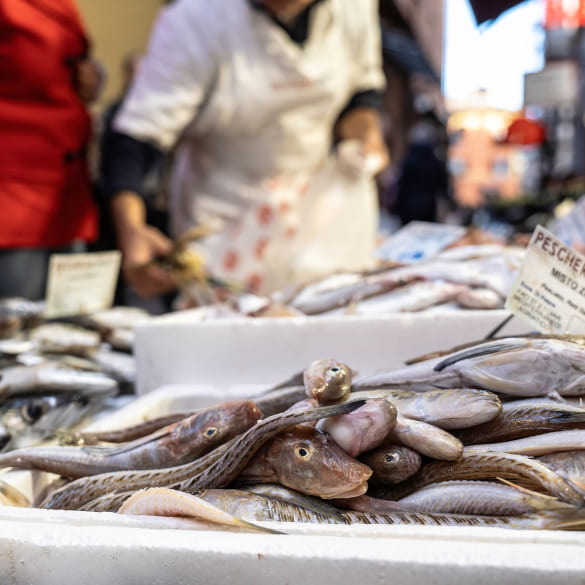
Follow ethical fishing practices
Taking a single fish out of its natural environment could have a knock-on effect for a local ecosystem. As such, it’s best to fish responsibly, and follow the catch-and-release practices which help to keep more fish swimming in local rivers.
Choose seafood wisely when you shop
Seafood now often has packaging information about how ethically or sustainably it was sourced. Look for this and use it as a tool in making a final decision about what you want to buy. If packaging is unclear about how the seafood was caught, it might be wise to steer clear of it.
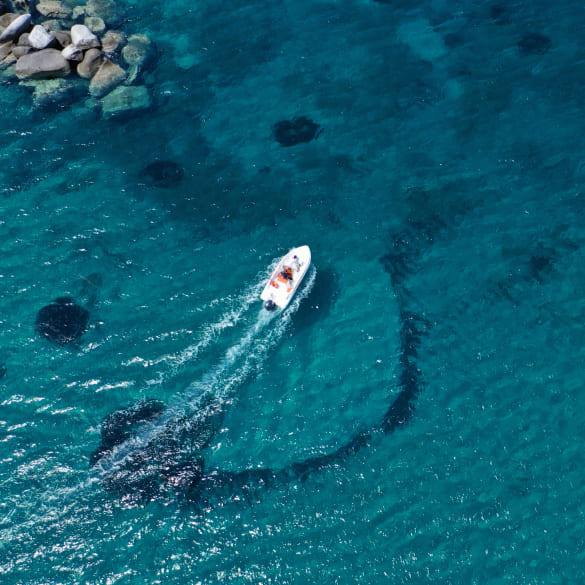
Practise safe boating
If you’re fortunate enough to have a private boat or yacht (or are hiring one on holiday), make sure to consider the impact you’re having on the world around you. Anchor in sandy areas which are far from any coral or seagrass, and make sure to adhere to ‘no wake’ zones – travelling at the slowest speed possible while still being able to steer.


